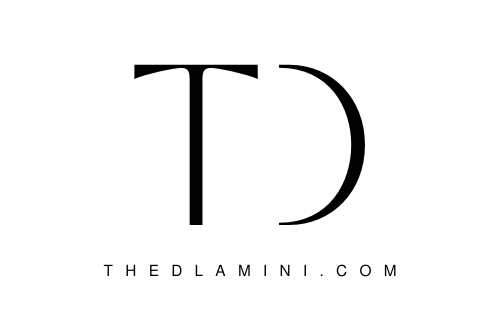Before moving to Namibia, you’ll need to know how much amps home appliances use there since most of your standard U.S.-based appliances won’t be compatible with the region’s electrical outlets and wiring standards. For example, U.S.-based washing machines commonly use 3-prong plugs, which means they’re not suited to work with the 2-prong sockets used in Namibia; if you try to use one anyway, you risk starting a fire and potentially injuring yourself in the process.
Kitchen Appliances
Home appliances are used to make our lives easier. They also consume a lot of electricity, which is why it’s important to understand how many amps each appliance uses and the amount of energy they use on a yearly basis. This information can be found on the label or manual of the appliance. For example, an electric kettle consumes about 1 amp for every 2 cups of water boiled. A mixer consumes about 3 amps for every minute that it operates at full power. And toaster ovens use 5 watts per hour when turned off but 6 watts per hour when turned on.
Laundry appliances
Washing machines are the most popular home appliance used for laundry. Typically, they use 1000 watts of power. The average dryer uses about 3000 watts of power.
Entertainment appliances
Home appliances use a lot of amps! The major home appliances that use the most amps are refrigerators, dishwashers, and clothes washers. Your average refrigerator uses around 1,200 watts which is about 1.6 kilowatts per hour. The average dishwasher uses about 850 watts which is about 0.92 kilowatts per hour. Lastly, the average clothes washer uses about 1200 watts or 1.44 kilowatts per hour!
